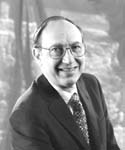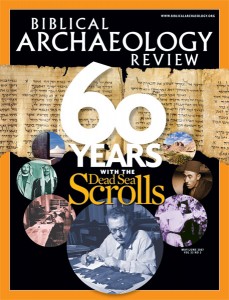First Person: Jerusalem Forgery Conference
Not how to make them, but how to detect them.

Last January your Biblical Archaeology Society hosted a conference in Jerusalem, attended by some of the world’s leading experts, to consider the important inscriptions that have recently been charged as modern forgeries. Scholars came from the United States, England, France, Germany and, of course, Israel and assembled to share their insights and observations. I will file a detailed report in the near future, but it is not too early to share a few observations.
Based on the discussion and some of the things that have not yet been made public, my impressions are:
(1) The ossuary inscribed “James, son of Joseph, brother of Jesus” is authentic. A committee of the Israel Antiquities Authority (IAA) declared the inscription a modern forgery, and the government is trying to prove it in a case currently being heard in a Jerusalem court, so most people—scholars and laypeople alike—consider the inscription to be a forgery. But my prediction from listening to the experts is that the little ossuary, or bone box, recently contaminated by the IAA with a red smear and lying in its storerooms unattended, will be found to be authentic.
There is a serious, legitimate question as to whether the Jesus referred to in the inscription is the New Testament Jesus of Nazareth. Scholars are arguing both sides of this question. But that is a different question from whether or not the inscription is a forgery.
Already a library member? Log in here.
Institution user? Log in with your IP address.

